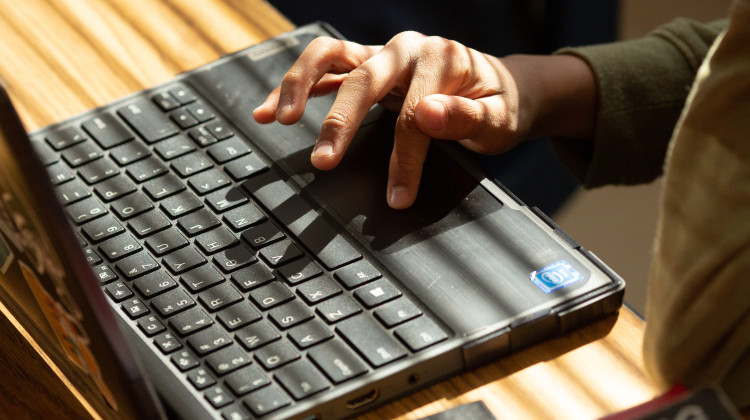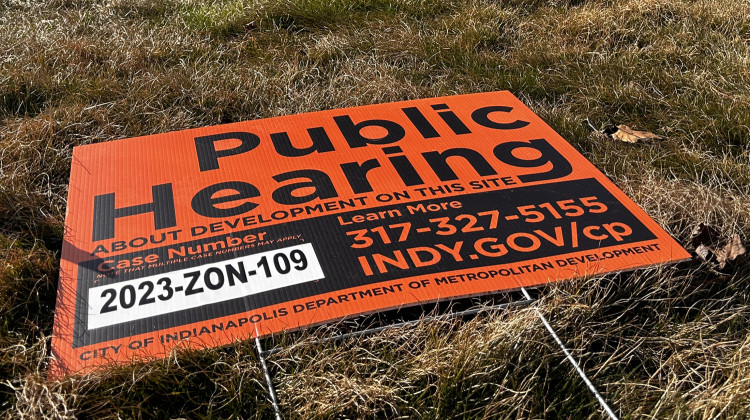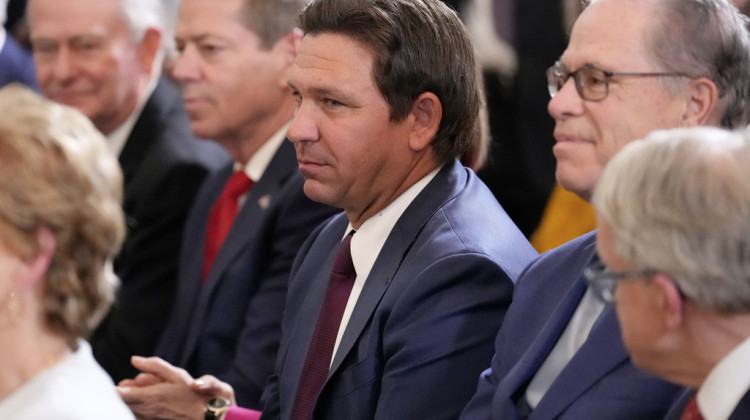
School leaders are in the midst of strategizing how to use COVID-19 relief funding to benefit student learning and improve school operations over the next few years.
Lauren Chapman/IPB NewsDemocrats in Congress passed the American Rescue Plan earlier this month, earmarking more than $122 billion for emergency school relief. Roughly $2 billion will be made available for Hoosier public schools, with another estimated $81 million available for nonpublic schools.
According to the U.S. Department of Education, Indiana is expected to receive $1,994,734,056 through the Elementary and Secondary School Emergency Relief Fund.
At least 20 percent of those funds must be used on so-called "learning loss," and school leaders are in the midst of sorting out how to use the massive – but temporary – influx of cash.
Merrillville Community School Corporation Superintendent Nick Brown said his district will use the emergency funding to catch kids up, in part, through more in-depth summer school.
"We're trying to provide some interventions in the summer where you're talking about like one teacher to five students targeted on certain skill loss," he said.
READ MORE: How Will Indiana Distribute COVID-19 Vaccines? Here's What You Need To Know
Join the conversation and sign up for the Indiana Two-Way. Text "Indiana" to 73224. Your comments and questions in response to our weekly text help us find the answers you need on COVID-19 and other statewide issues.
The amount set aside for schools in the federal bill is more than nine times greater than the first CARES Act passed last year. And while schools wait to find out exactly how much money they'll receive from the latest round of relief, Brown said it's going to be "significant."
"It is going to be at least double, I believe, of what the second round was, and so now you're putting yourself into a situation where you're talking about maybe $10 million for a district like ours," he said.
Brown said, in addition to augmented summer school, the funding will also support additional resources to address the social and emotional needs of students and staff, like hiring social workers and offering additional assistance programs focused on mental health.
But schools are on a time-limit to use the funding, and Brown says he also wants to maximize potential long-term benefits by investing in one-time projects too, like upgrading ventilation systems and enhancing internet connectivity for the school community.
Indiana is also expected to receive another $202,771,135 from the U.S. Department of Health and Human Services, to support COVID-19 screening testing in an effort to help schools as they bring more students and staff back into buildings.
Contact reporter Jeanie at jlindsa@iu.edu or follow her on Twitter at @jeanjeanielindz.
 DONATE
DONATE






 Support WFYI. We can't do it without you.
Support WFYI. We can't do it without you.